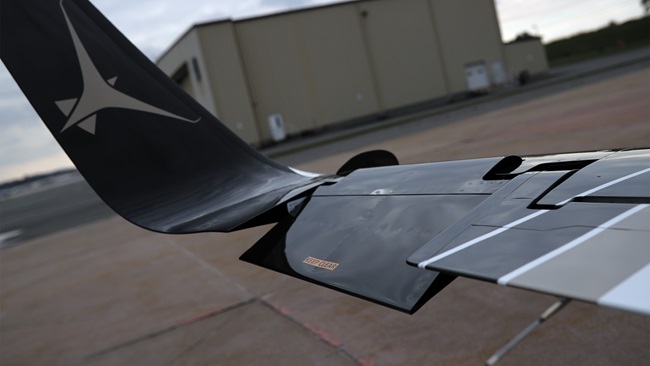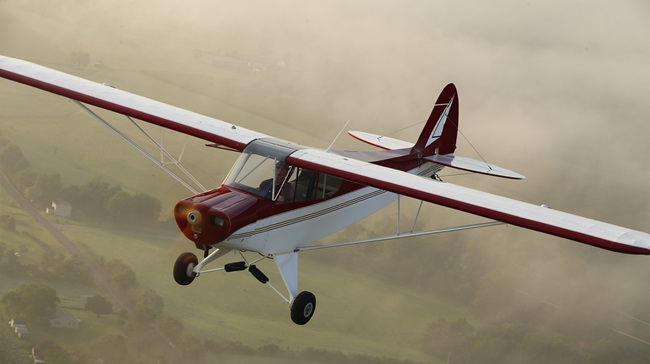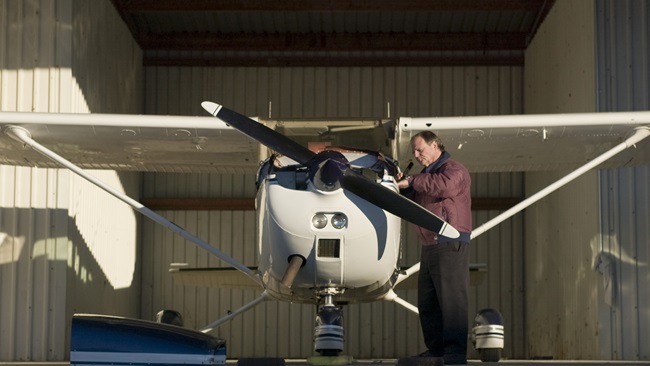FAA grounds Cirrus Vision Jets
Faulty AOA sensors to be replaced before further flight
The FAA on April 18 issued an emergency airworthiness directive grounding all Cirrus SF50 Vision Jets and requiring replacement of a faulty angle of attack sensor before further flight.
The emergency AD applies to all SF50 Vision Jets in service, of which 117 are currently listed in the FAA registry, according to published reports. The FAA cited three incidents reported to the agency by Cirrus Aircraft this month, including one in November, in which a faulty angle of attack sensor caused the stall warning and protection system or the electronic stability and protection system to engage “when not appropriate.” The pilots in each case followed established procedures and landed safely.
“While the airplane was under manual pilot control, the airplane activated several downward pitch commands coincident with stall warning, stick shaker, and several associated alerts,” the emergency AD grounding Cirrus Vision Jets states with respect to one of the three known incidents. “The pilot reported 'AOA FAIL' and 'STICK PUSHER FAIL CAS' messages preceding the pitch command. The pilot was able to stop the automatic pitch commands by pressing and holding the autopilot disconnect button in accordance with the emergency procedure in the airplane flight manual and safely landed at his destination.”
In a second case, the pilot reported a stall warning and stick pusher failure in flight, and in a third the airspeed indicator turned red and the stall warning and stick shaker both activated during a descent. The pilot in that case disengaged the autopilot and landed safely.
Cirrus Aircraft issued a service bulletin April 16 that provides instructions for replacing the angle of attack sensor, which was determined to be the root cause of the problem. The AOA sensor, manufactured by Aerosonic, malfunctioned because two set screws that secure the sensor’s potentiometer shaft to the AOA vane “may have improper torquing and no application of thread locker (Loctite) to secure the two set screws. The AOA sensor with this quality escape is labeled with part number 4677-03,” the emergency AD states.
The Cirrus Aircraft service bulletin issued April 16 allows for five hours of continued flight before replacing the AOA sensor; however, the FAA opted to ground all aircraft immediately.
“We are issuing this AD because we evaluated all the relevant information and determined the unsafe condition described previously is likely to exist or develop in other products of the same type design. The noted condition presents an immediate danger to pilots and passengers of Cirrus Design Corporation Model SF50 airplanes because an uncommanded pitch down may be difficult to recover from in some flight regimes with potential fatal consequences. The before further flight compliance time and need to replace the AOA sensors due to the potential fatal consequences does not allow for prior notice and opportunity to comment for the public.”
The emergency AD allows owners to obtain a special flight permit if needed to reposition the aircraft for AOA sensor replacement.
Cirrus Aircraft Senior Vice President of Sales and Marketing Ben Kowalski noted in an April 19 email to AOPA that the AOA sensor problem has been determined to be strictly a hardware issue, and no problem has been found with the Vision Jet’s software. Kowalski wrote that the problem first came to the company’s attention following a flight by a company pilot in April.
“With the benefit of detailed feedback from our company pilot about the April event, we were able to identify service histories that pointed to a probable similar occurrence in November. We proactively and quickly issued two Service Advisories and one mandatory Service Bulletin to ensure our operators were up to speed on the issue and to remind them of the proper Airplane Flight Manual (AFM) procedures to follow in case of an Angle of Attack (AOA) related issue. We then quickly identified the root cause as an AOA sensor hardware issue; this is not a software issue. No accidents have resulted from the AOA sensor hardware issue.”
Kowalski noted that Aerosonic is producing new AOA sensors for fleetwide installation “which are beginning to ship to operators now. These new, corrected AOA hardware sensors will be installed on fielded aircraft and new aircraft deliveries.”
Responding to a follow-up email April 22, Kowalski said replacement AOA sensors "are being produced now and returning SF50s to service is our top priority. We've been in close contact with our SF50 operators and are creating a plan to return each aircraft to service. We are utilizing all methods of returning aircraft to service, including deployment of our Cirrus ASSIST mobile field service teams which are performing the replacement onsite. Cirrus Aircraft is paying for the AOA replacement."




